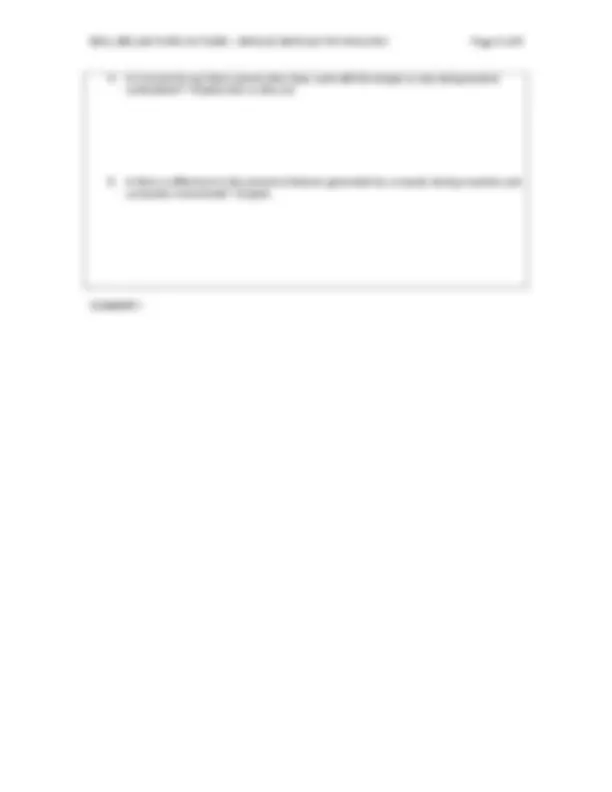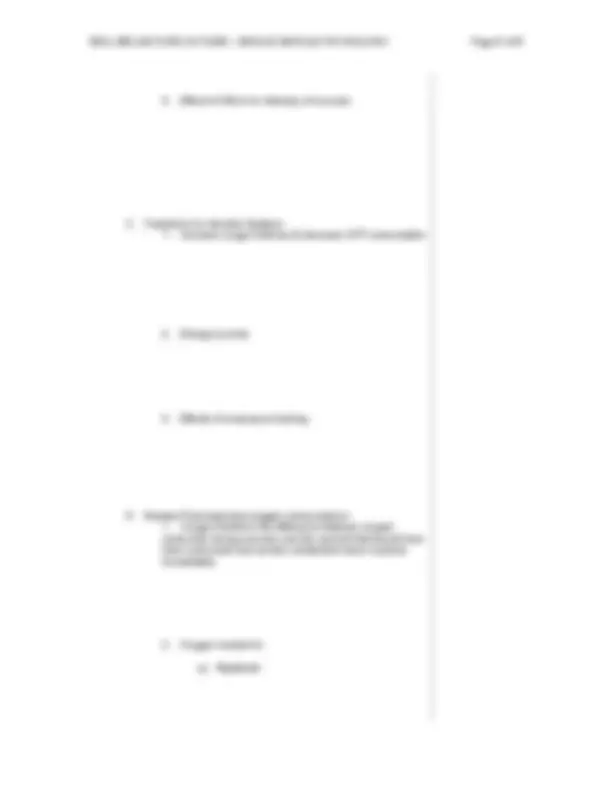





Study with the several resources on Docsity

Earn points by helping other students or get them with a premium plan


Prepare for your exams
Study with the several resources on Docsity

Earn points to download
Earn points by helping other students or get them with a premium plan
Community
Ask the community for help and clear up your study doubts
Discover the best universities in your country according to Docsity users
Free resources
Download our free guides on studying techniques, anxiety management strategies, and thesis advice from Docsity tutors
A lecture outline for a university-level biology course on whole muscle physiology. It covers the concepts of motor unit recruitment, whole muscle contractions, and muscle metabolism. The outline includes learning objectives, text, figures, and tracking questions. Topics include the role of motor units in whole muscle tension development, the definition and differences between isotonic, isometric, eccentric, and concentric muscle contractions, and the roles of atp, glycogen, and phosphocreatine in muscle metabolism.
Typology: Study notes
1 / 6

This page cannot be seen from the preview
Don't miss anything!




Explain the role of motor-unit recruitment in whole muscle tension development Define isotonic, isometric, eccentric and concentric muscle contractions I. WHOLE MUSCLE CONTRACTION A. Whole muscles can create graded contractions by variable recruitment of motor units
c) Force generation B. Types of muscle contraction (see lab manual)
Describe the roles of ATP, glycogen, and phosphocreatine in muscle metabolism Explain the differences between anaerobic and aerobic exercise metabolism Explain excess post-exercise oxygen consumption (EPOC) II. WHOLE MUSCLE METABOLISM A. Anaerobic energy stores